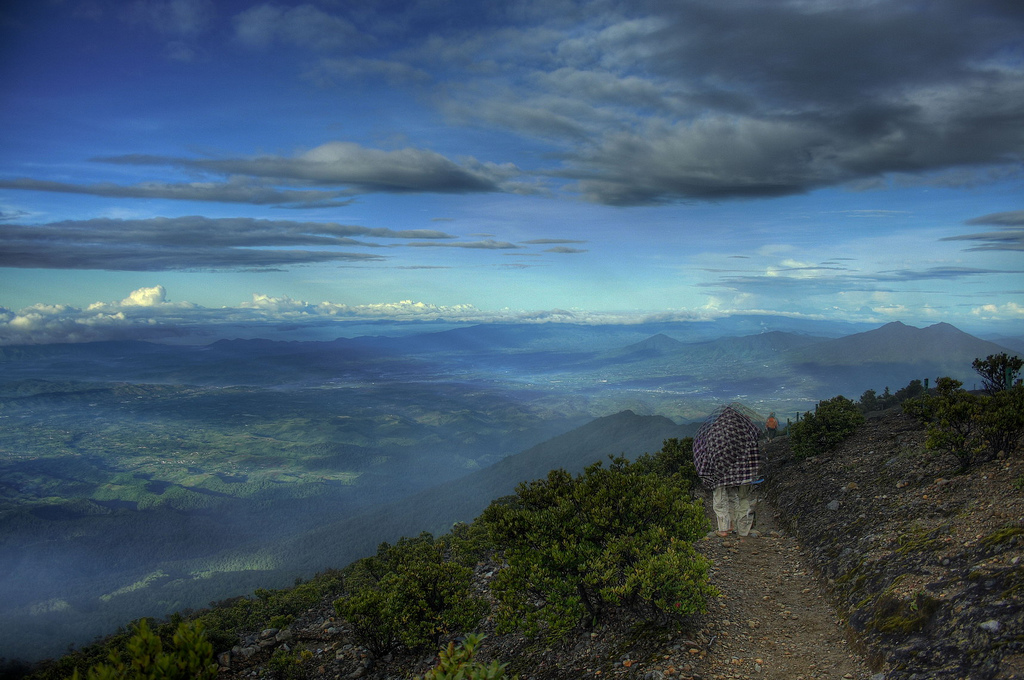Indonesia defines 4 regional geothermal producing areas
The Indonesian government has established 4 regencies as geothermal producing areas by Ministerial decree. The regions are Sukabumi, Garut, Bandung and Bogor.
Reported earlier this week by local news, The Indonesian government “has set four regencies, such as Sukabumi, Garut, Bandung and Bogor as geothermal producing areas, based on the calculation of geothermal areas in 2012.”
This seems to be an administrative measure for the management of resources and related issues.
“It was stipulated in the Decree of Minister of Energy and Mineral Resources (ESDM) No.2300 K/80/MEM/2012 on the Second Amendment of Decree of Minister of ESDM No.2965 K/80/MEM/2011 on Producing Area Determination and Basic Calculation for Producer of General Mining, Geothermal, Oil, and Gas in 2012.
As quoted from the official website of the Ministry of ESDM, Monday (8/13), Decree was signed by Minister Jero Wacik on July 20. The areas are Mount Salak which is developed Chevron Geothermal Salak Ltd. From the area, Sukabumi gets 45.21% and Bogor has 54.79%.
Second, Darajat area is developed by Chevron Geothermal Indonesia Ltd. From Darajat, Garut gets 89.7% and Bandung has 10.3%. Third is the geothermal power plant in Kamojang area which is developed by PT Pertamina Geothermal Energy (PGE). There, Bandung District receives 87.06% and Garut obtains 12.94%.
Fourth, Wayang Windu geothermal power plant, which was developed by Energy Star (Wayang Windu) Ltd. From Wayang Windu, Bandung gets 100%.
Yudi Pringadi, External Relations Star Energy Manager said Wayang Windu geothermal unit 3 which is currently being developed are expected to be operational in 2014.
Currently, Wayang Windu geothermal power plant consist of two units, they are 110 MW and 117 MW. Both are located in Bandung regency, West Java. Geothermal potency in the area may actually be expanded to 400 MW. It means, there is still about 173 MW could be developed.”
Source: Bisnis Indonesia


















